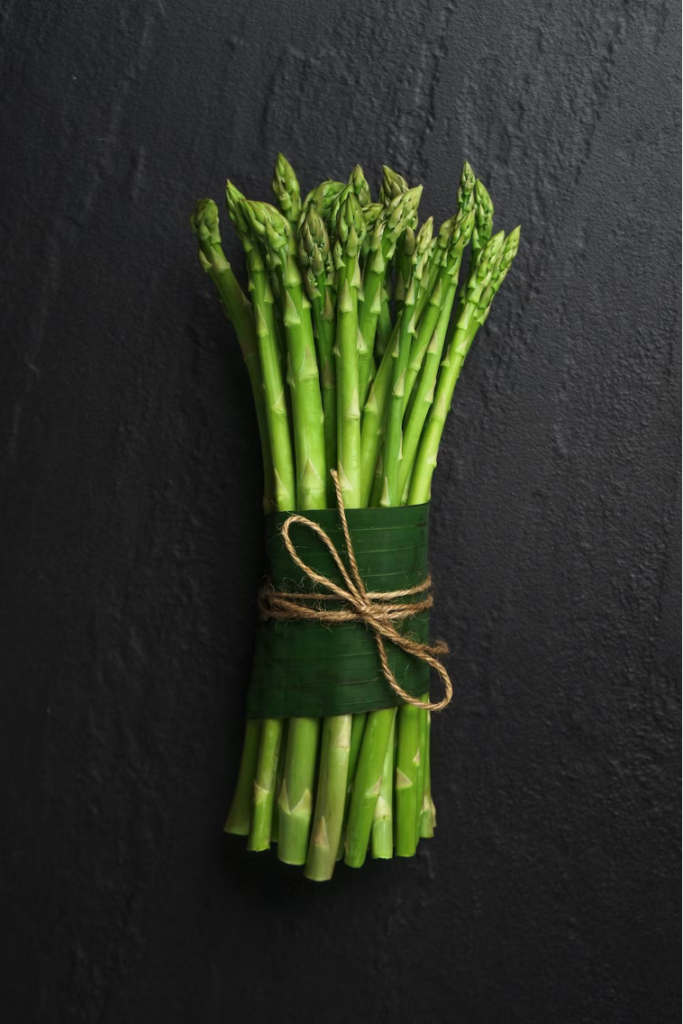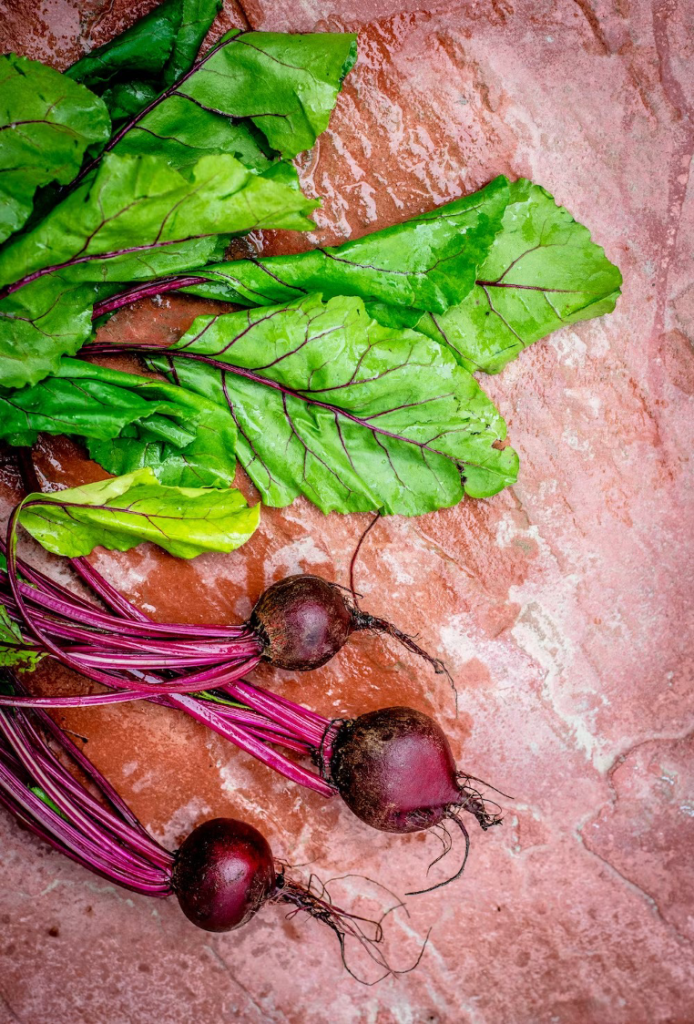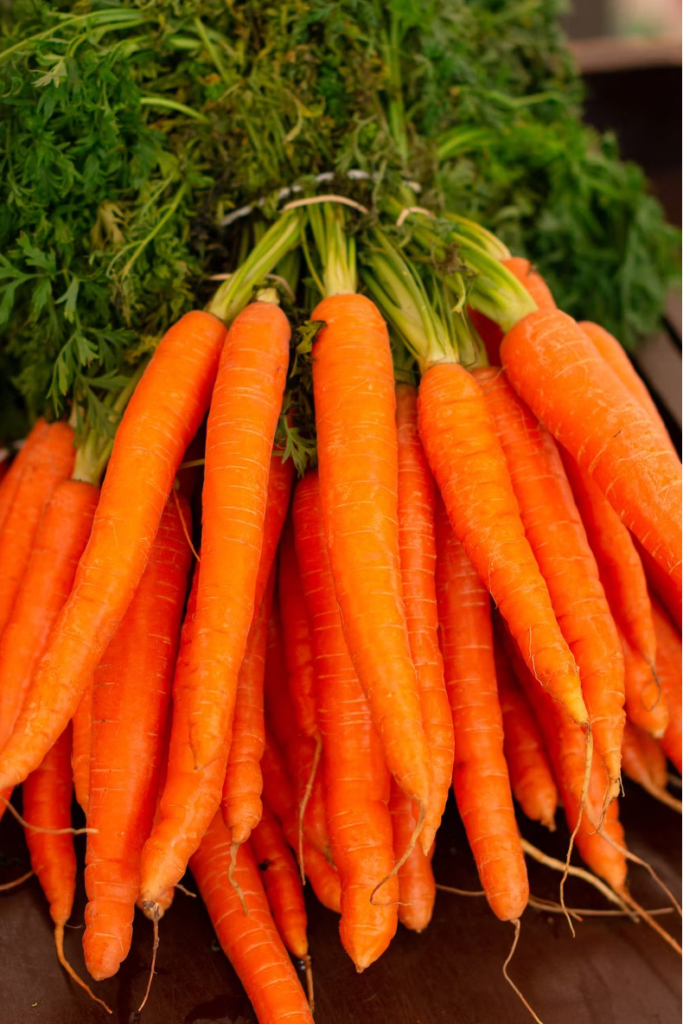Texas ranks as the second-most populous and second-largest state in the United States. Texas is situated in the southwest region of the United States and lies between the Gulf of Mexico and Mexico. Plains, woods, and mountains surround the state, and its climate ranges from humid at the coast to drier in its interior. The majority of veggies are only available at certain times of the year. Several types of cabbage grown in Texas’s winter climate are seasonal, so its important to have agricultural weather data. Some of these include Chinese cabbage, a type of cabbage that is available from January to April. Red Cabbage, on the other hand, can be found from January to May. Lastly, Savoy cabbage is another variety available from January to March.
1. Okra

This is a normal plant that likes hot weather. Seeds for okra may be sown in Central Texas after the soil temperatures rise to between 21 and 26 degrees Celsius in late April or early May. It will grow to 46 feet tall in two months, and harvesting will be simpler if you limit it to at least 2 feet apart. Once it starts producing, you can harvest almost daily. Observe your plants and pick pods when they are 3-5 tall to get rid of okra. Several types of heritage okra grow like conquerors without needing much coddling or cajoling from the gardener, in contrast to the deeply rooted heirloom tomatoes. You may get both kinds of okra through Southern Exposure Seed Exchange. When picking pods, use gloves and long sleeves since okra plants have tiny thorns that irritate them.
2. Southern peas

Cowpeas, field peas, and black-eyed peas are among the names by which these hardy legumes are known. They taste delicious, bloom beautifully, and develop nitrogen and organic mulch in well-drained soil. Red Ripper and Iron and Clay are two types of summer cover plants.
3. Sweet Potato

In the warm summer weather, this plant flourishes and demonstrates its endurance. While waiting for the tubers to reach maturity, you can enjoy the plant’s greens as a delightful addition to your meals, offering sautéed greens throughout the entire summer. Furthermore, once fully grown, the plant can serve as a ground cover, providing shade to the well-drained soil while still ensuring adequate drainage.
4. Armenian Cucumber

Cucumbers are a refreshing choice when the weather becomes hot, but not all cucumbers react the same way. The bulk of cucumbers will have an unpleasant bitter flavor on the warmest summer days. However, the Armenian cucumber will not create such a severe bitter flavor, and it continues to produce abundantly even on the hottest days of summer. As a matter of fact, Armenian cucumbers belong to the melon family. This fruit doesn’t need peeling because its skin is very thin. It tastes good even without peeling.
5. Asparagus

Asparagus only grows in a small region of Texas in the north. This asparagus plan1 prefers short summers with little heat and humidity and cooler winters. You can get a lot of vitamins A and C from it. It grows in picks, essentially chutes that emerge from the garden ground. Asparagus takes around three years from planting to producing enough chutes to harvest, so patience is required. Still, once grown, an asparagus garden may provide for as many as twenty years without further planting.
6. Beets

Beets produce an attractive red root that may be preserved and used in various ways in the kitchen. The tender young leaves towards the top of the tree plant are edible and may be prepared like mustard greens, turnip greens, or spinach. It just takes around 8 weeks from planting for your beats to be ready for picking. Till then, you need to protect plants from excessive sunlight. If you study weather data for upcoming days, you can cover plants and prevent plant damage.
7. Cabbage

Cabbage has a gorgeous head of leaves and may be eaten both cooked and raw in salads. The cabbage plant belongs to the Cole family of plants. Cauliflower, broccoli, cabbage, and Brussels sprouts are all examples of cole plants. All of these plants grow in the spring because of the milder temperatures. Cabbage and broccoli are two of the simplest cole crops to cultivate, and they do well in both central and southern Texas.
8. Carrots

Carrots are an excellent source of vitamin A since they are root vegetables. They’re delicious, both raw and cooked. Carrots often come in vibrant orange, but you may also get purple and white variants. This root plant is best planted in the spring and harvested 70 to 80 days later.
Conclusion
May is a good month for growing a wide range of fruits and vegetables, enabling farmers to collect a diverse and fresh harvest. Tomatoes, cucumbers, zucchini, strawberries and blueberries are all great options. If you give your garden the attention it needs in May, you may harvest various fruits and vegetables.
